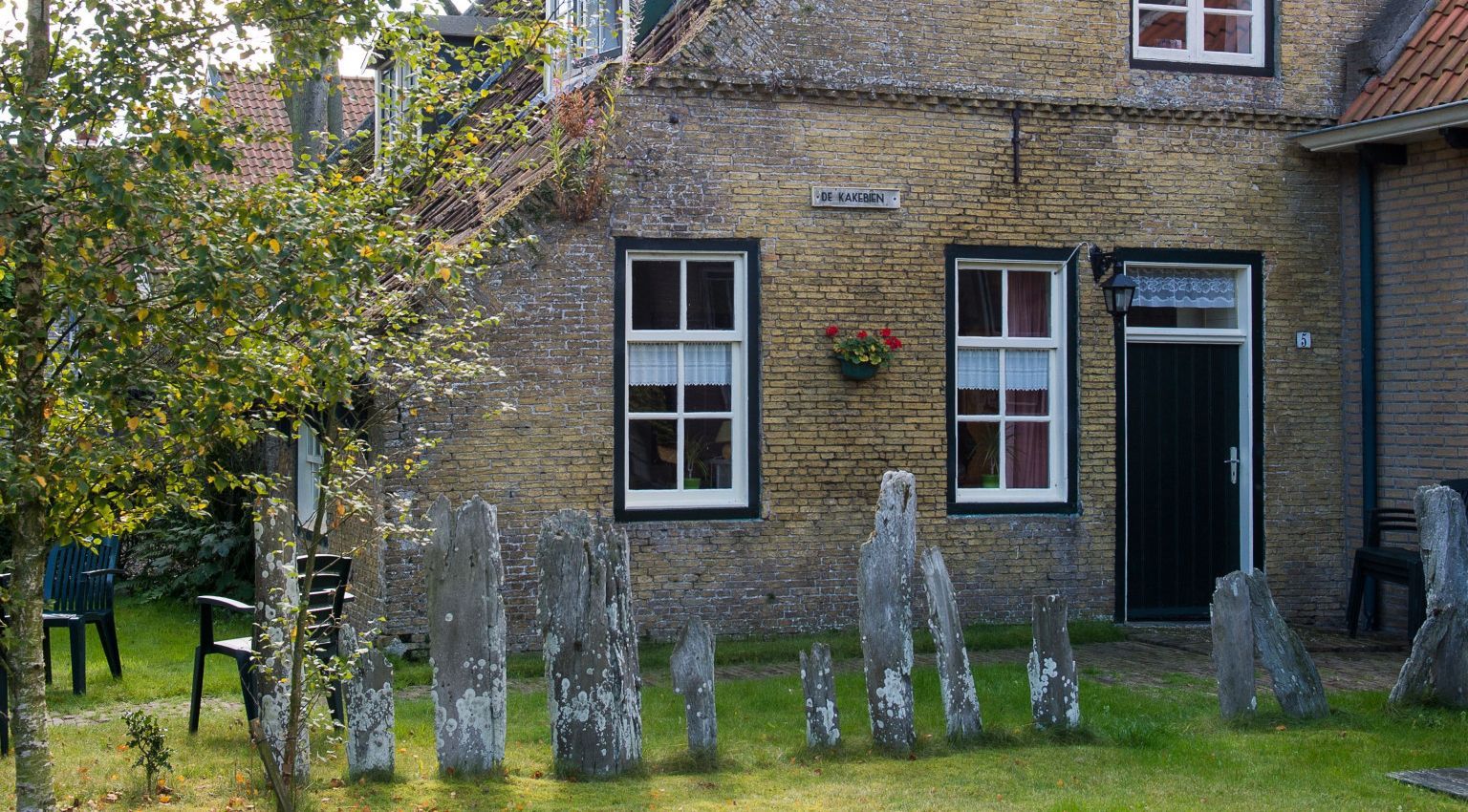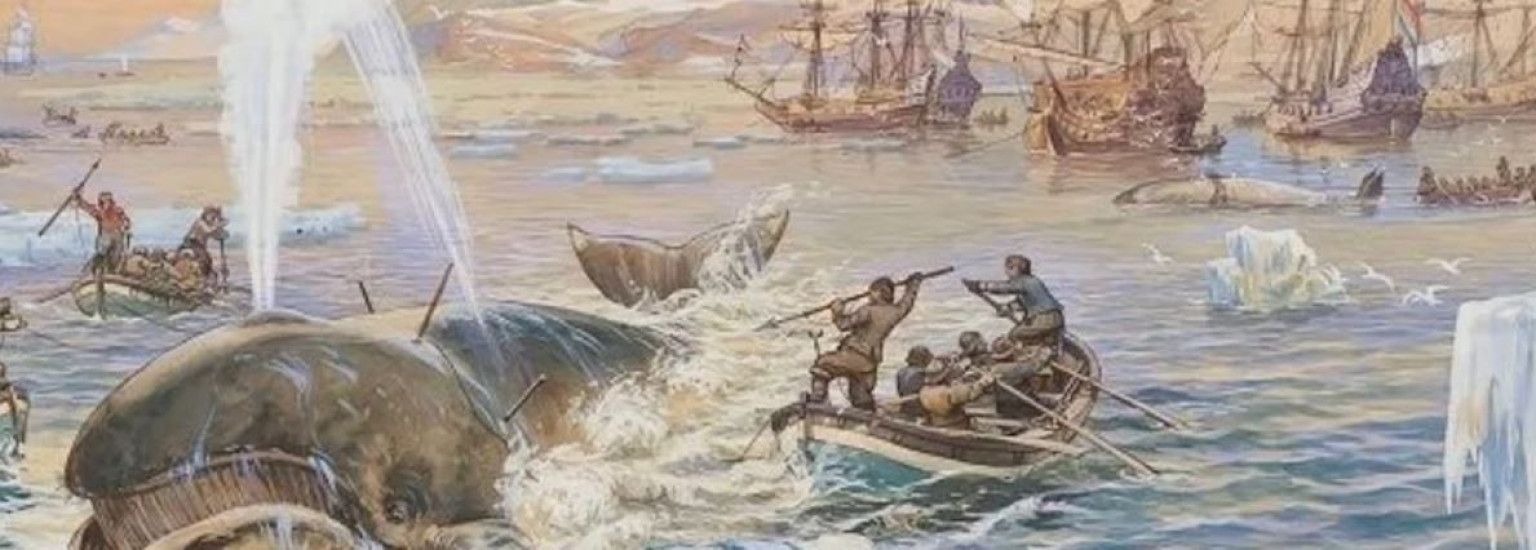
Commanders and whalers on Ameland
Whaling: a source of prosperity and adventure
In the 17th and 18th centuries, Ameland was renowned for its maritime traditions. The island had a thriving whaling industry, with brave seafarers risking their lives on the rough North Sea and in the icy waters of the far north.
This period brought not only economic prosperity to the villages but also a deep-rooted connection with the sea.
Image: Ameland Collection
A lifeline to Greenland and Spitsbergen
The Ameland seafarers ventured into the cold waters around Greenland and Spitsbergen to hunt whales. This dangerous work required great courage and expertise. Whaling provided valuable products such as oil and baleen and created employment on the island. The people of Ameland were renowned for their excellent knowledge of the sea and their navigation skills.
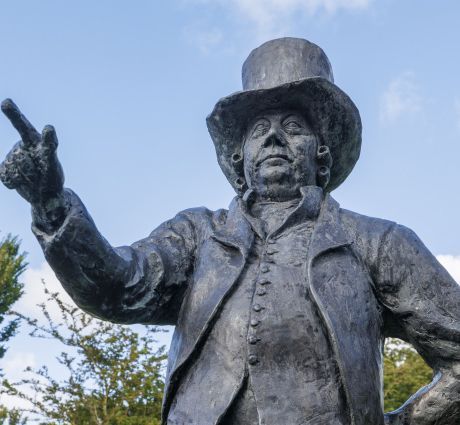
The commanders: leaders at sea
-
The commanders were the undisputed leaders of the whalers. These experienced seafarers bore the heavy responsibility of guiding their crew safely through treacherous ice fields and stormy seas.
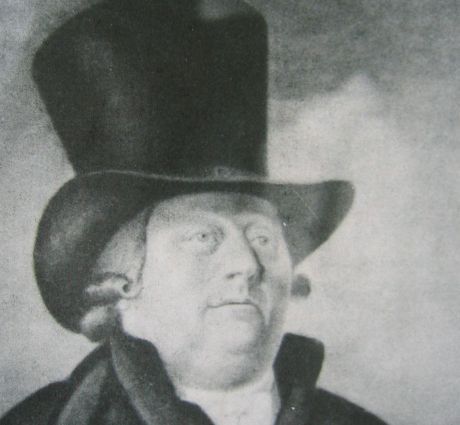
Famous commanders
-
Some of the most famous commanders from Ameland include Dirk Jacobsz and Hidde Dirks Kat. Their adventurous journeys symbolise the island’s maritime mastery.
Tip: Want to learn more about Hidde Dirks Kat? Follow the Story trail!
Hidde Dirks Kat: a heroic commander
Hidde Dirks Kat (1747–1824) was one of Ameland’s most renowned commanders, best known for his remarkable survival story. During one of his voyages to the waters around Greenland in 1777, his ship became trapped in the ice. What followed was a months-long struggle against the elements. Along with part of his crew, he managed to survive through ingenuity and sheer determination.
After his return, he wrote a detailed account of his experiences, providing not only insight into the harsh life of the whalers but also into the maritime history of that time. This account remains an important historical document and is preserved as part of Ameland’s cultural heritage.
At the cemetery near the Reformed Church in Hollum, his simple gravestone still stands, bearing the inscription "H.D. Kat." This stone is considered a monument. Additionally, a statue of Hidde Dirks Kat, created by Frans Ram, stands in Hollum, pointing towards the place where he once lived.
Commander’s houses
In Hollum and Nes, you can still find the stately commander’s houses, recognisable by their richly decorated façades. These houses stand as silent witnesses to the prosperity that whaling once brought.
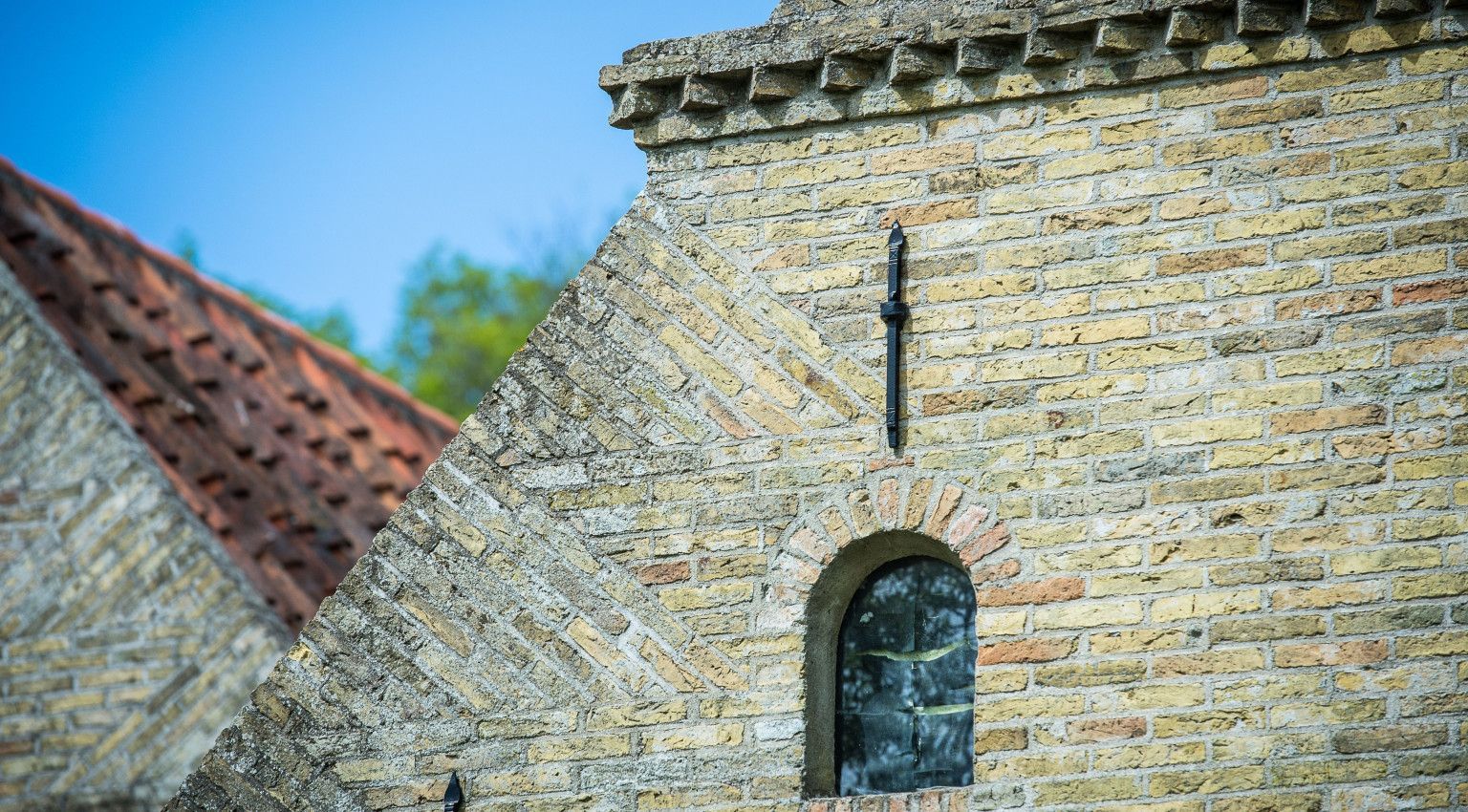
Distinctive ledges
The commander’s houses on Ameland are distinguished by the striking ledges running along their façades. These decorative elements were added as a symbol of status and prosperity. The stone ledges are often meticulously crafted, giving the houses a unique appearance found nowhere else. They served not only a decorative purpose but also emphasised the social standing of their residents. Most commander’s houses were built between 1650 and 1800.
Many of these houses can be found along the main streets of Hollum, Ballum and Nes. As you walk through these villages, you can admire these characteristic features up close and discover how they form an integral part of Ameland’s rich heritage.
The downside of success
Although whaling brought prosperity, it also came with great hardships. Many people from Ameland lost their lives at sea. Moreover, the hunting of whales had a significant impact on nature—an aspect that is viewed very differently today.
Image: Amelander History
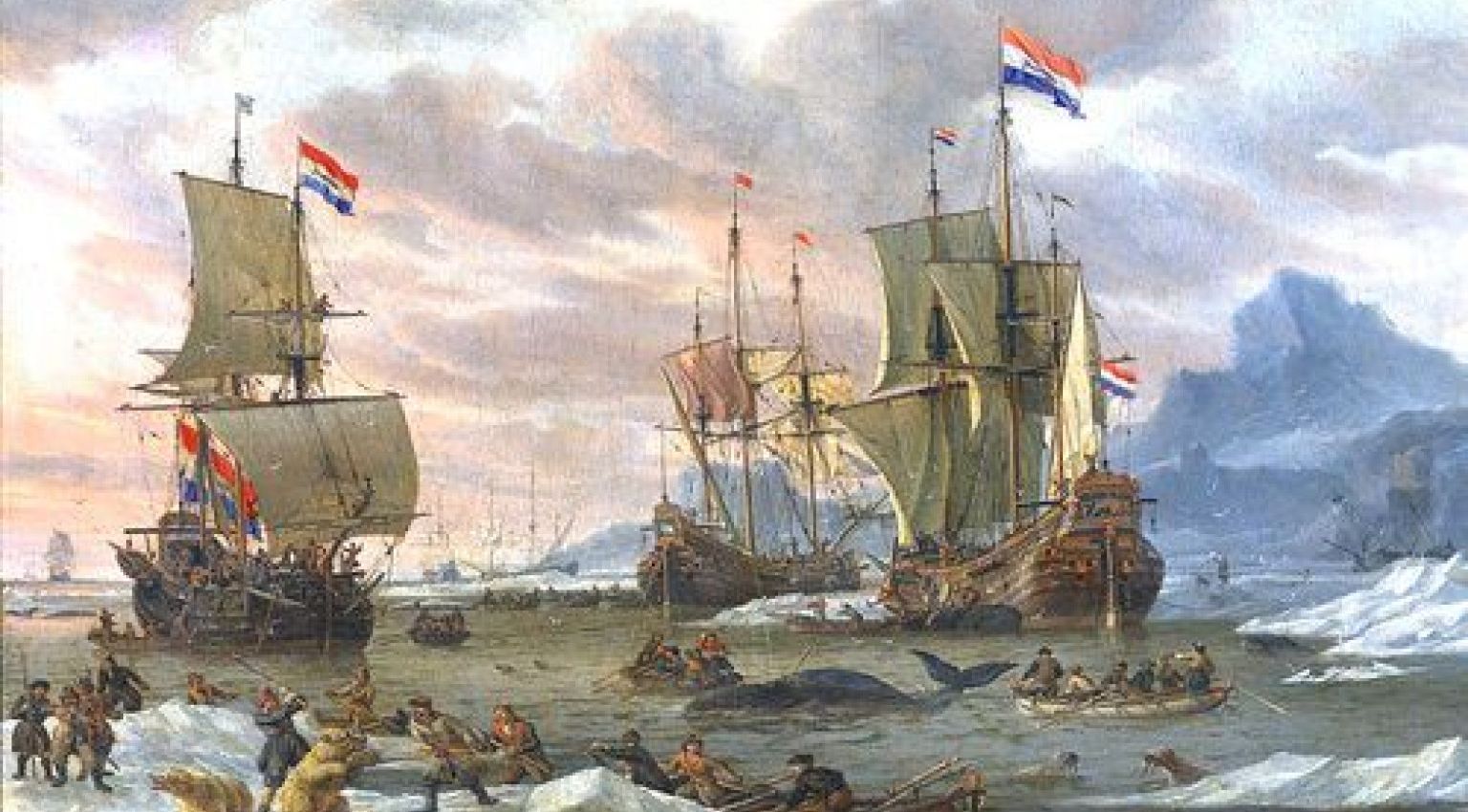
Did you know?
- The work on board a whaling ship often lasted for months, leaving families on Ameland without their loved ones for long periods.
- The yield from a single captured whale was sometimes enough to support a family for an entire year.
- The knowledge of the sea and navigation was so advanced that people from Ameland were hired as experts beyond the island.
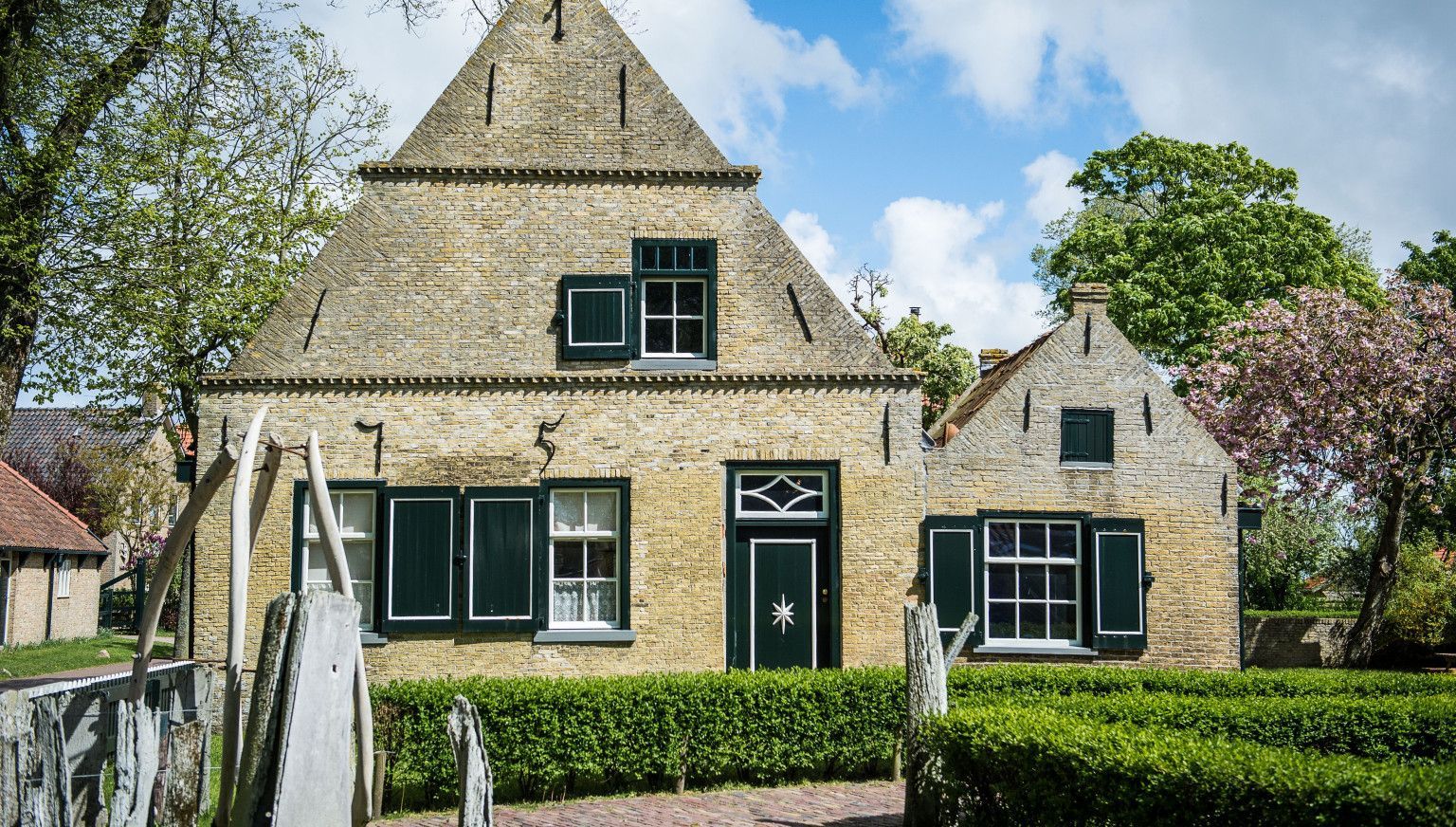
A living history
The stories of the whalers live on in Ameland’s cultural heritage. Visit the Sorgdrager Cultural History Museum and the Maritime Centre Abraham Fock to learn more about this fascinating period. Here, you can discover the techniques that were used and admire the impressive list of Ameland’s commanders.
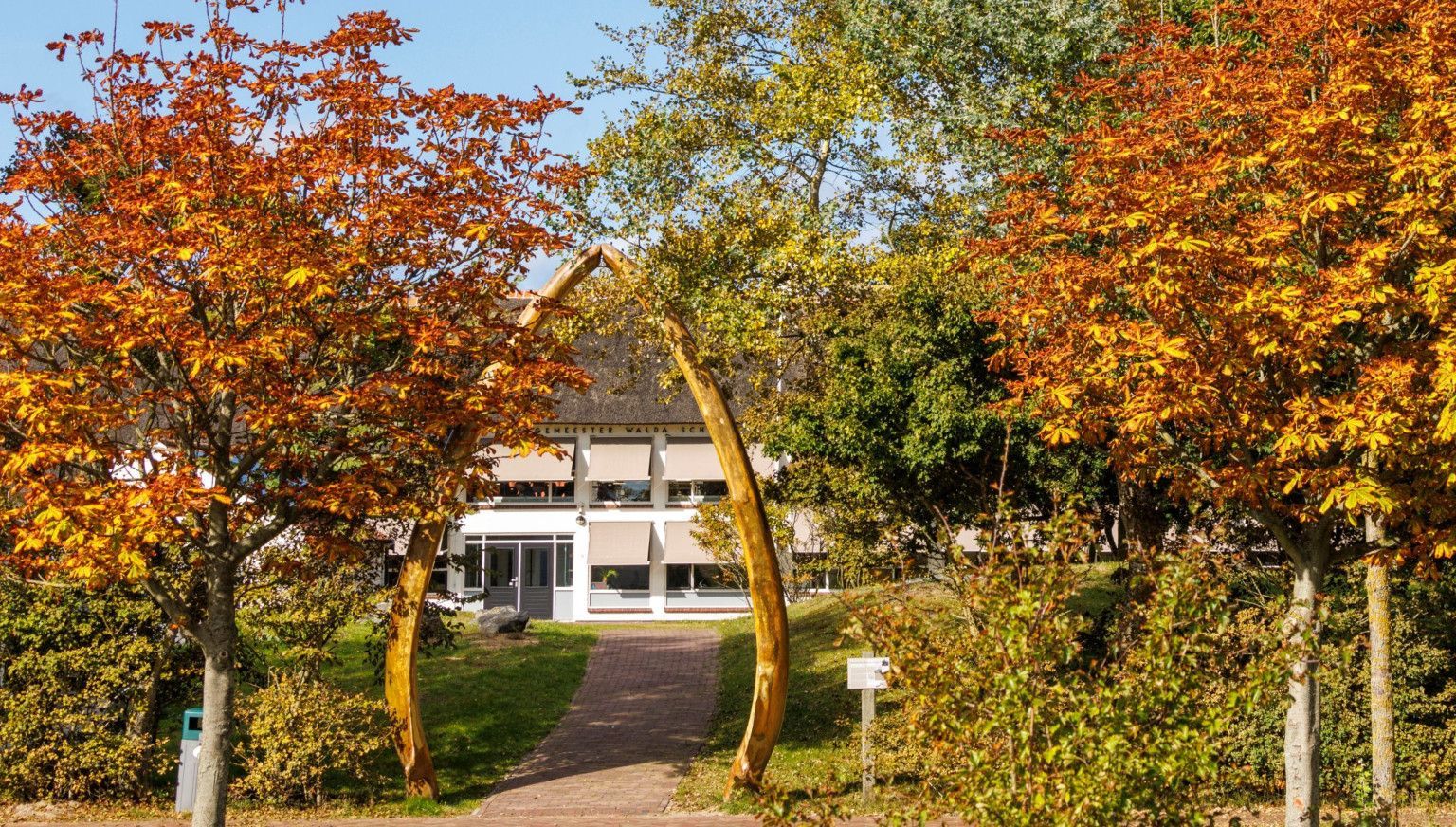
Traces in the villages
A walk through Ameland’s historic villages will naturally lead you to traces of its maritime past. In the village of Hollum, for example, you can visit the statue and grave of Hidde Dirks Kat. The cemeteries feature remarkable gravestones that remind visitors of the commanders—the great captains of the whaling era.
The "Kakebienen" in Nes also serve as a reminder of the island’s whaling history.
Further reading and sources
All sources are only available in Dutch
- De Canon van Ameland
- Commandeurs en hun huizen
- Amelander Historie:
- Collectie Ameland:
